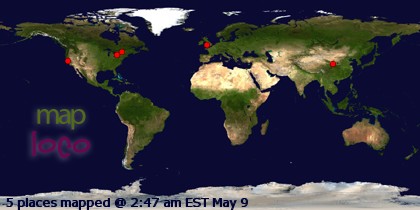I grabbed sensei to the side during one of the breaks to ask him about the 'feeling' of the kissaki when sayabanare takes place during nukitsuke. On a previous post I had noted that the three options that I had played with were:
- To begin tensing the tsuka so that the kissaki leapt out of the koiguchi.
- To keep the right hand relaxed and gradually accelerate the kissaki on sayabanare
- To keep the mune slightly pressed against the base of the saya and bring the sword level before the kissaki advances.
I am kicking myself a bit because I have translated numerous times his explanation on how and why sayabiki works which captures this forward movement quite elegantly. Still it now leaves me to work on creating this forward movement in the most relaxed fashion.
Now to go through the kata one by one:
- Mae - nothing much to say here. The kata is so intricately described that just doing it right is a rewarding thing.
- Ushiro - the option of rotating while the feet stand is applicable for nidan's and above. Sensei explained and demonstrated how the kata could be done with someone a) completely obstructing the clockwise direction and b) partially blocking the anti-clockwise direction. The effect of course was an action made similarly to Atarito where the majority of the draw happens in a rearward direction. It was also emphasised how important it was to maintain one's new centreline once turned and moving into furikaburi. Using Lukasz as a foot model he also showed how lifting the heel was important in moving forwards in furikaburi adequately.
- Ukenagashi - here is where the fun started. I should add that I am unsure how much of this following explanation is Ishido Sensei (and his dojo's) own interpretation of Ukenagashi and how much comes from on high. Anyway, the process of movement was now a) to prepare by placing the hands and looking up to the left, b) to raise the hips and position the feet simultaneously with elevating the sword up to the chest with the minimum of sayabiki, c) to stand and draw the last 75% of the sword in one action. This has an interesting effect of making the vital part of the form happen naturally very quickly. It is also very easy to make it busy and I spent quite a lot of time constructing the kata in slow bite-sized portions (it tasted of chicken).
- Tsukaate - again not much to say
Gaaahhh....just been kidnapped by Munchkins - call the wizard!









